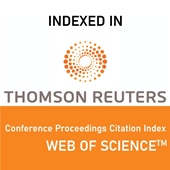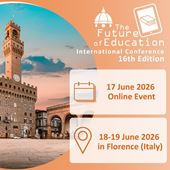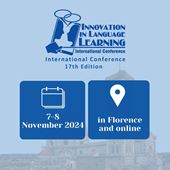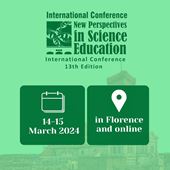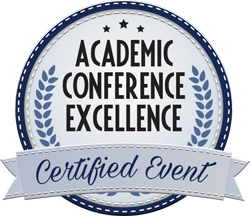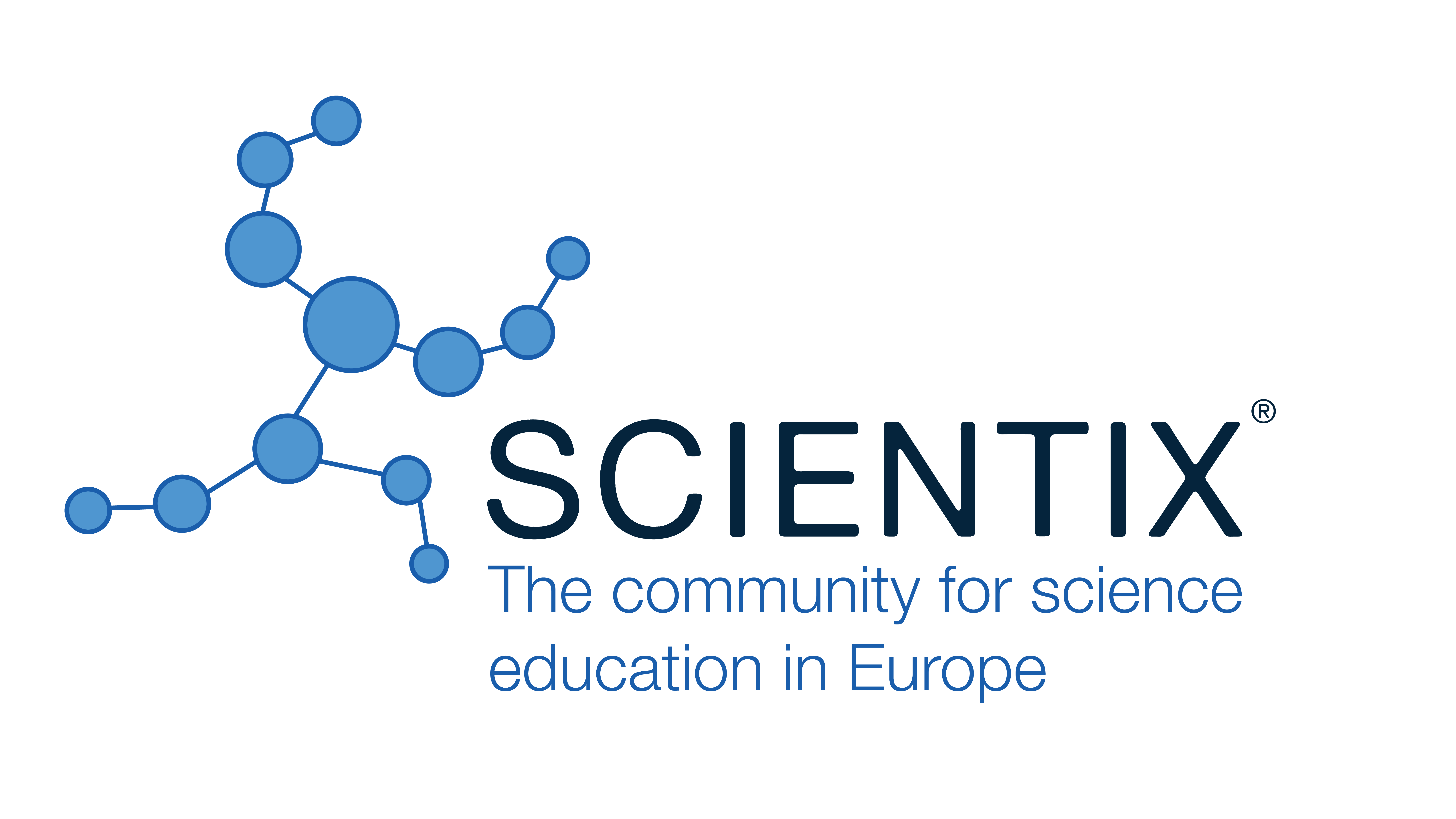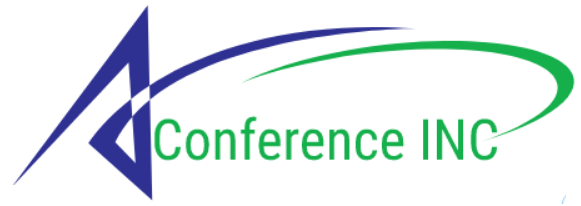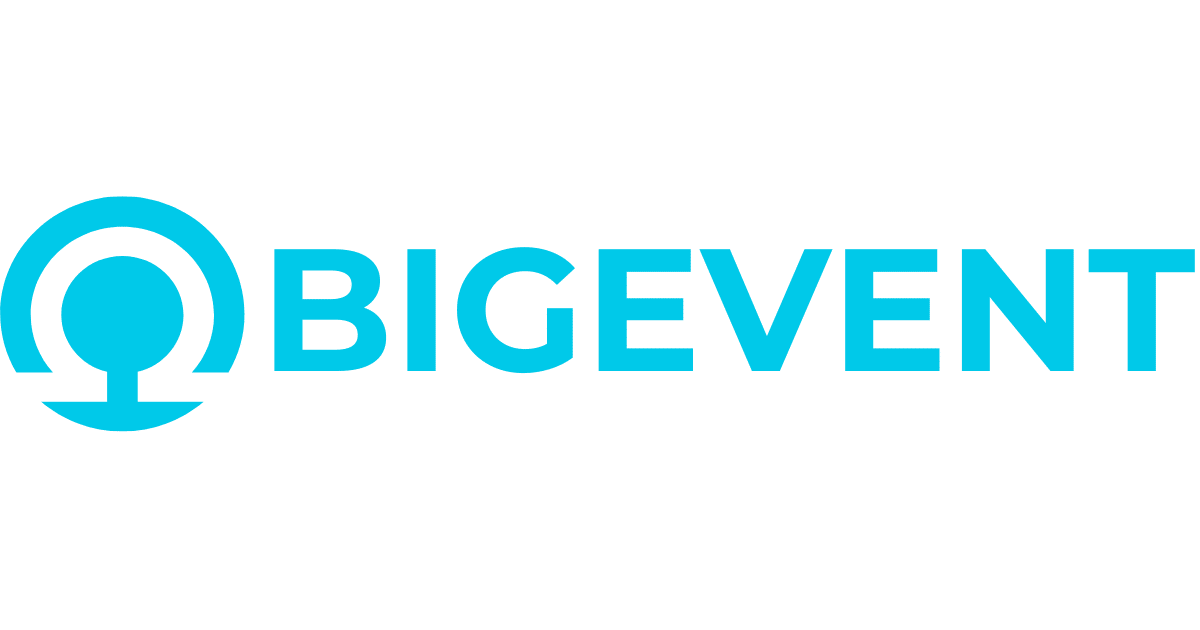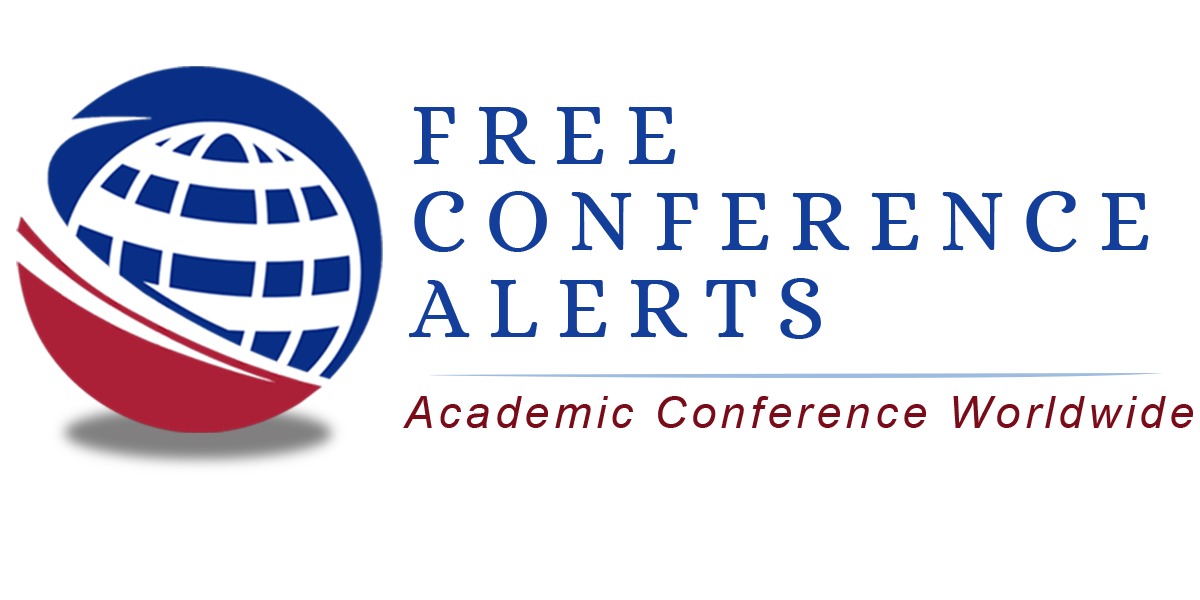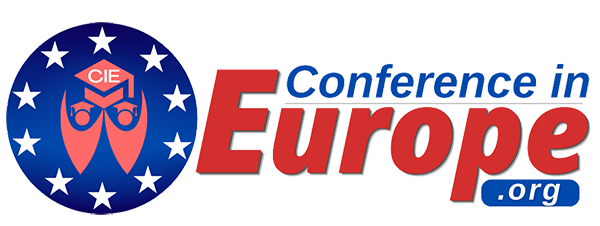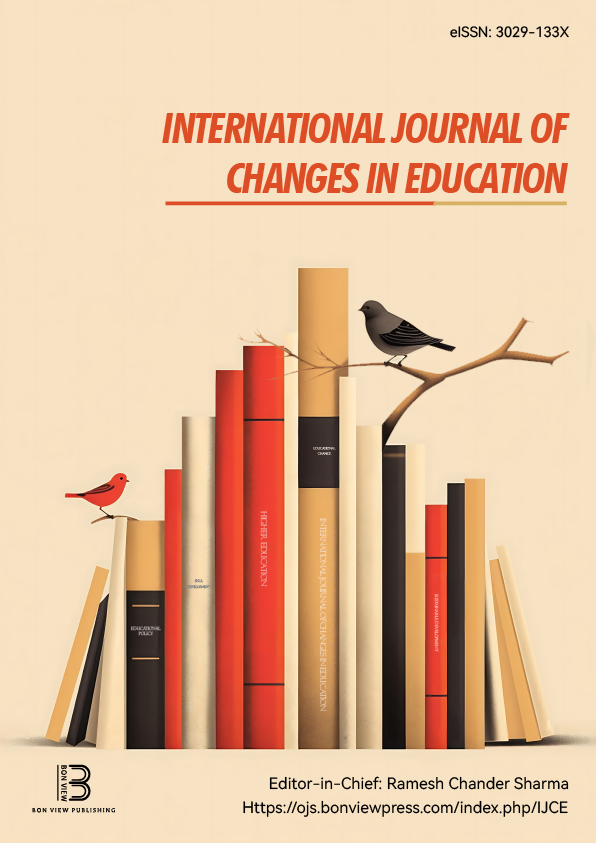Educators' Perspectives on Insect Conservation: Resources and Challenges in Environmental Education in Romania
Geanina Magdalena Sitar, Doctoral School “Education, Reflection, Development”, Faculty of Psychology and Educational Sciences, Babes-Bolyai University (Romania)
Cristian Sitar, Zoological Museum, Babes-Bolyai University, Romania;nnDepartment of Cluj, Emil Racovita Institute of Speleology (Romania)
Călin Lațiu, Department of Fundamental Sciences, Faculty of Animal Science and Biotechnologies, University of Agricultural Sciences and Veterinary Medicine Cluj-Napoca (Romania)
Claudia Marian, Technical University of Cluj Napoca - North University Center of Baia Mare (Romania)
Alina Simona Rusu, Department of Fundamental Sciences, Faculty of Animal Science and Biotechnologies, University of Agricultural Sciences and Veterinary Medicine Cluj-Napoca (Romania)
Abstract
The global decline of insect populations poses a serious threat to biodiversity, ecosystem stability, and food security. Beyond its immediate ecological consequences, this phenomenon has profound long-term implications for the sustainability of natural systems. Environmental education (formal, informal and non-formal) plays a significant role in addressing this crisis by fostering awareness and promoting informed action. However, current educational frameworks in Central and Eastern Europe, particularly in Romania, provide limited information on insects, which hinders the development of a comprehensive understanding of their ecological importance. Thus, we consider that integrating insect-related topics into environmental education curricula is essential for equipping students with the knowledge and tools to address this issue effectively. To ensure educational materials adequately support teachers in discussing insect decline, it is crucial to identify their specific pedagogical needs. This study examines the pedagogical challenges educators face in teaching about insects and identifies resources needed to enhance insect-related education. Data were collected from 239 educators in Romania by using an online questionnaire. The findings provide a foundation for future research and support the development of educational tools to promote ecological literacy and conservation action. It also highlights the underrepresentation of other declining animal groups in curricula, advocating for broader biodiversity integration.
Keywords:environmental education; pedagogical challenges; insect decline; ecological literacy; sustainability awareness, biodiversity loss;
REFERENCES
[1] Christ, L., & Dreesmann, D. C. (2022). SAD but true: Species Awareness Disparity in bees is a result of bee-less biology lessons in Germany. Sustainability, 14(5), 2604.
[2] Forister, M. L., Pelton, E. M., & Black, S. H. (2019). Declines in insect abundance and diversity: We know enough to act now. Conservation Science and Practice, 1(8), e80.
[3] IPBES. (2019). Global assessment report on biodiversity and ecosystem services of the Intergovernmental Science-Policy Platform on Biodiversity and Ecosystem Services. IPBES Secretariat.
[4] Pop-Păcurar, I., & Podar, D. (2022). Manual de Biologie, Clasa a V-a. Editura Art Klet.
[5] Samways, M. J. (2015). Future-proofing insect diversity. Current Opinion in Insect Science, 12, 71-78.
[6] Wals, A. E. (2012). Learning our way out of unsustainability: The role of environmental education, pg. 628–644.
 The Future of Education
The Future of Education
